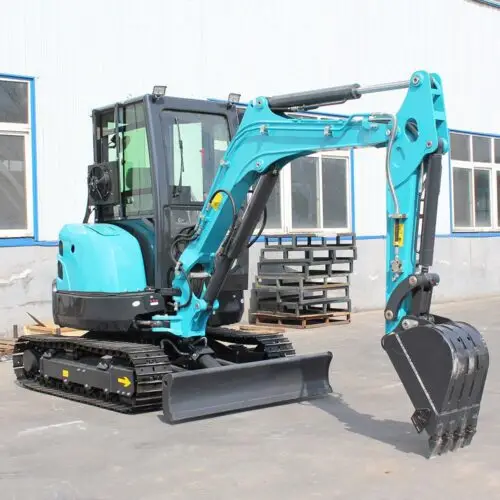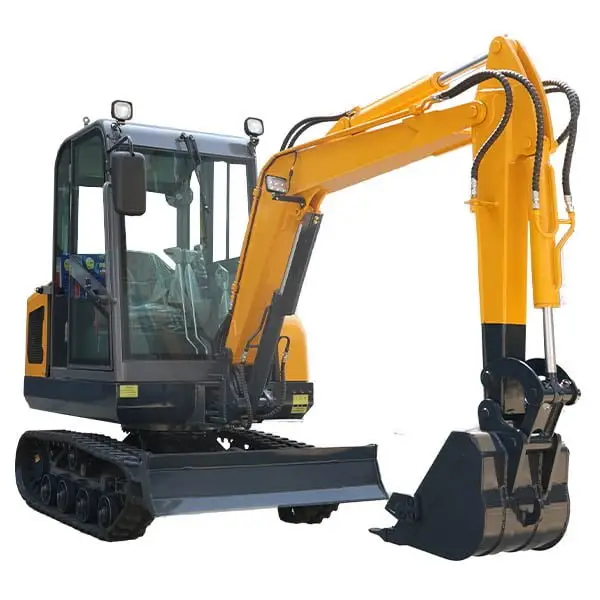Email: [email protected] Whatsapp: 8618266768780
Backhoe Vs Excavator Vs Bulldozer: Which One to Choose?
Welcome to My Blog!
Before we dive into the content, I’d love for you to join me on my social media platforms where I share more insights, engage with the community, and post updates. Here’s how you can connect with me:
Facebook: https://www.facebook.com/profile.php?id=100072217509763
LinkedIn: https://www.linkedin.com/company/74949059/admin/dashboard/
YouTube:https://www.youtube.com/@tractormanufacturer-lc5qz
TikTok: https://www.tiktok.com/@tractormanufacturer
Now, let’s get started on our journey together. I hope you find the content here insightful, engaging, and valuable.
Table of Contents
Introduction

When it comes to heavy equipment for construction, land development, and excavation projects, three of the most commonly used machines are the backhoe, excavator, and bulldozer. Each of these machines has a unique set of capabilities designed to tackle specific tasks, making it crucial for contractors and project managers to understand their differences.
The decision between a backhoe vs excavator vs bulldozer depends on various factors, including the type of work, terrain, project size, and required precision. While backhoes are known for their versatility, excavators excel in digging and lifting, and bulldozers are best for pushing and leveling large amounts of material.
In this article, we will explore the key differences between a backhoe, excavator, and bulldozer, their applications, advantages, and how to choose the right equipment for different projects.
Understanding the Functions of Backhoes, Excavators, and Bulldozers
Each machine serves a distinct purpose in the construction and earthmoving industry. Below, we’ll break down their functionalities to help you understand which machine suits your project best.
What is a Backhoe?
A backhoe is a versatile piece of equipment that combines the functionality of an excavator and a loader. It features a digging bucket on one side and a front loader on the other. This dual functionality makes backhoes ideal for smaller-scale construction, landscaping, and utility work.
Common Applications of a Backhoe:
- Digging trenches for pipelines or cables
- Excavating foundations for small buildings
- Landscaping and material handling
- Loading and transporting materials
What is an Excavator?
An excavator is a large, powerful machine designed for heavy digging and lifting. It consists of a long arm with a bucket attached to a rotating cab that sits on tracks or wheels. Excavators are commonly used for large-scale excavation and demolition projects.
Common Applications of an Excavator:
- Deep excavation and trenching
- Heavy lifting in construction sites
- Demolition of buildings and structures
- Mining and large-scale earthmoving
What is a Bulldozer?
A bulldozer is a heavy-duty machine equipped with a large, flat blade at the front, which is used to push, level, and grade materials like soil, sand, and debris. It operates on tracks, providing excellent stability and traction, making it suitable for rough terrain and large earthmoving projects.
Common Applications of a Bulldozer:
- Land clearing and grading
- Pushing debris and materials
- Road construction and maintenance
- Creating access roads in construction sites
Key Differences Between Backhoe, Excavator, and Bulldozer


To provide a clearer comparison of these machines, the table below highlights their main characteristics and functionalities.
| Feature | Backhoe | Excavator | Bulldozer |
|---|---|---|---|
| Primary Function | Digging, loading, material handling | Deep digging, heavy lifting, demolition | Pushing, leveling, grading |
| Mobility | Wheels (more mobile) | Tracks or wheels | Tracks (best for rough terrain) |
| Versatility | Highly versatile, can perform multiple tasks | Primarily for digging and lifting | Designed for pushing and leveling |
| Best for | Small to medium construction and utility projects | Large-scale excavation and demolition | Land clearing and earthmoving |
| Strengths | Multi-functional, easy to transport | Powerful digging capability, rotating cab for 360-degree movement | Excellent stability, ideal for rough terrain |
| Weaknesses | Limited power for large-scale work | Less mobility compared to backhoes | Not suitable for precise digging tasks |
Choosing the Right Equipment for Your Project

When deciding between a backhoe, excavator, and bulldozer, consider the following factors:
Type of Work
- If your project involves digging trenches, moving materials, and light excavation, a backhoe is a great choice due to its versatility.
- If you need to dig deep foundations, lift heavy materials, or demolish structures, an excavator is the best option.
- If your project requires pushing large amounts of dirt, leveling land, or clearing sites, a bulldozer is the most efficient machine.
Project Size and Scale
- For small to medium projects, a backhoe is suitable.
- For large-scale excavation and demolition, an excavator is ideal.
- For mass earthmoving and land grading, a bulldozer is the right choice.
Terrain Conditions
- Backhoes are more suitable for urban and smooth terrains.
- Excavators with tracks perform better on muddy, rocky, or unstable ground.
- Bulldozers work best on rugged terrains where stability is essential.
Advantages of Each Machine
Advantages of a Backhoe:
- Versatile and suitable for multiple tasks
- More mobile than an excavator or bulldozer
- Can be used for both digging and loading
Advantages of an Excavator:
- Powerful digging capabilities for deep trenches and heavy loads
- Offers 360-degree rotation for increased flexibility
- Ideal for large-scale projects and demolition work
Advantages of a Bulldozer:
- Superior stability and traction for rough terrains
- Efficient at moving and leveling materials
- Strong pushing power for heavy-duty earthmoving
Conclusion
The choice between a backhoe, excavator, and bulldozer depends on the specific needs of a construction or earthmoving project. Each machine has distinct advantages, and selecting the right one will improve efficiency, reduce operational costs, and enhance productivity.
For small to medium projects requiring both digging and loading, a backhoe is the best choice. For deep excavation, demolition, and large-scale digging, an excavator is ideal. Meanwhile, for leveling, pushing, and land clearing, a bulldozer is unmatched.
By evaluating project requirements, terrain, and budget, you can make an informed decision about which heavy equipment is best suited for your needs.
FAQ
Which machine is better for trenching, a backhoe or an excavator?
An excavator is better for deep and large trenching projects, while a backhoe is suitable for smaller trenching tasks.
Can a backhoe replace an excavator?
A backhoe can perform light excavation tasks but cannot match the power and reach of a full-sized excavator.
When should I use a bulldozer instead of an excavator?
If your project involves leveling large areas of land, pushing debris, or preparing construction sites, a bulldozer is the better choice.
Are backhoes and bulldozers easy to transport?
Backhoes are easier to transport due to their wheels, whereas bulldozers and excavators with tracks require specialized trailers for transportation.
Which machine is best for road construction?
Bulldozers are commonly used for road construction due to their ability to level and clear land efficiently.
Can a bulldozer be used for digging?
Bulldozers are not designed for digging; their primary function is pushing and leveling materials.
Which machine has the highest lifting capacity?
Excavators have the highest lifting capacity among the three, making them ideal for heavy-duty lifting operations.
About Us
Shandong Qilu Industrial Co., Ltd. is a professional manufacturer and exporter integrating the development and production of excavators, loaders and tractors. We provide the best service, absolutely.
Recent Posts
Video demo
-1.png)
Contact Us Today!
Any question, quote or inquiry? Click the button to send message.
Qilu Industrial will always here to help.
